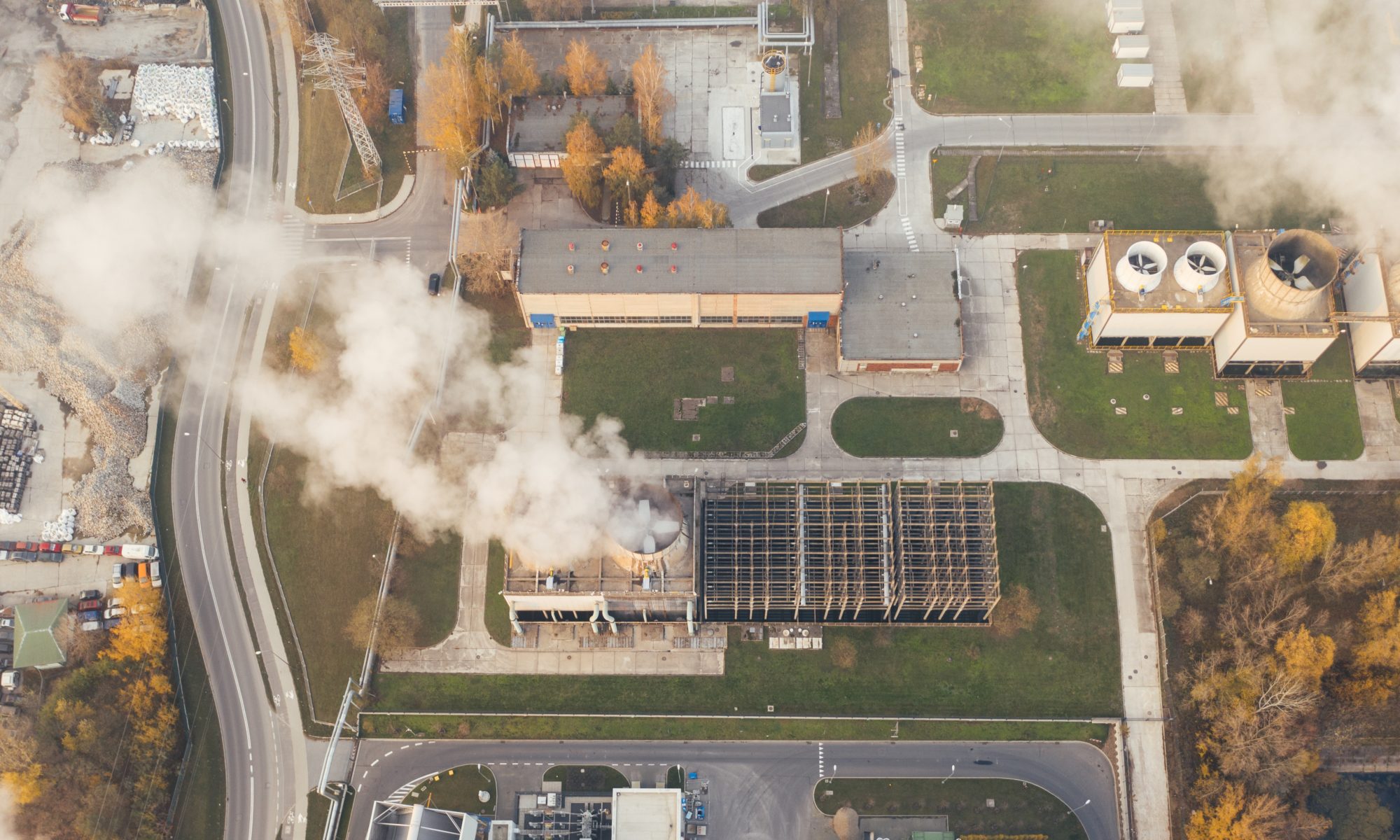
A Keystone of Carbon Could be Our 21st-century Auto Pact
The centrepiece of a proposed climate change partnership should be a cross-border carbon capture, transportation and storage network.Canada desperately needs to matter more in the United States. After a run-up in the decade after NAFTA, our share of U.S. imports has fallen from roughly 16 per cent to 12 per cent since the Great Recession, leaving us behind both China and Mexico. Auto production, which for decades held fast well above the level guaranteed in the 1965 Auto Pact, was part of the descent.
Even in oil, where volumes have grown, the energy security premise at the heart of the original free trade agreement was flicked aside with former president Barack Obama’s rejection of the Keystone XL pipeline. The shale revolution reduced a strategic relationship to a transactional one. Then Donald Trump demonstrated even consensual transactions (steel, aluminum, N95 masks) could be hijacked by the whims of a single officeholder.
There’s no better defence to arbitrary measures than joint interests. While Canada needs to address its over-dependence on a single market, we also have to lock down that market. Our cause is served by 21st century Auto Pacts, St. Lawrence Seaways and NORADs — shared initiatives and institutions that bulk up our connections.
And so when our leaders petition Joe Biden after Inauguration Day to spare Keystone, they should accompany the ask with a companion plan for a Keystone of carbon. To some, pushing oil and decarbonization in the same breath may seem like double talk, but we are in an extended transition and Biden has shown himself at ease with the contradictions and compromises of working across aisles.
A shared work plan can include emissions standards, carbon pricing and trading, rare earth mineral development, electric car mandates and, of course, security of energy supplies. The centrepiece of a proposed climate change partnership should be a cross-border carbon capture, transportation and storage network. It would be modelled on the new Alberta Carbon Trunk Line, which is designed to collect CO2 from multiple sites before transporting it to a final resting place back in the oil fields.
A recent Boston Consulting Group report showed that by clustering CO2 collection and distribution and sharing the best reservoirs for storage, carbon capture costs could be driven below $100 a tonne. It identified highly attractive clusters and world-class storage in Alberta and Saskatchewan. Perhaps more interesting is the potential to build a bi-national collection network starting in southern Ontario’s industrial belt and ending in Pennsylvania’s world-leading geological storage formations.
A Great Lakes network — with Quebec industrial sites added later — could also provide a form of carbon-proofing for heavy manufacturers against any future CO2-based border adjustments. We would avoid turning environmental guns inward and instead co-operate to ensure North American products pass muster in carbon-sensitive markets such as the European Union.
One can imagine how putting green recovery and blue-wall jobs on the same team might appeal to the new guy in the White House.
But with a gaping hole to plug to reach our 2030 Paris target and a net zero commitment beyond, Canada needs to ramp up its initiatives, like Britain, which is translating policy supports into a pair of Alberta trunk line-style networks to collect emissions and deposit them beneath the North Sea.
Even before Biden, the U.S. has been pushing the frontiers of carbon capture with encouragement from the bi-partisan 45Q federal tax credit. Expect more. In a February Foreign Policy essay, incoming National Security Adviser Jake Sullivan likened net zero to the moon landing, saying it will “take a surge of deliberate and directed public investment.”
Let’s be prepared in that first official meeting after Inauguration Day to show Joe Biden Canada is prepared to work with him on both sides of the energy-environment aisle.








